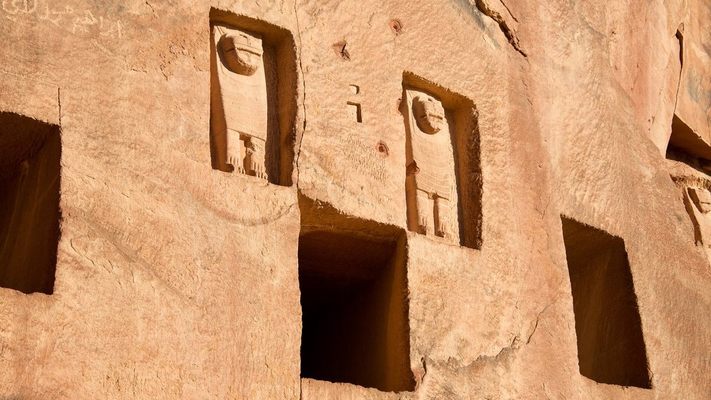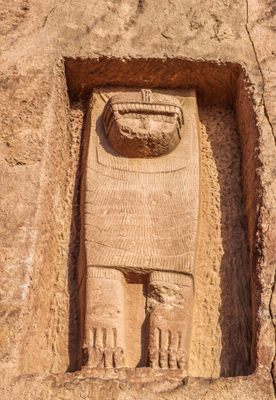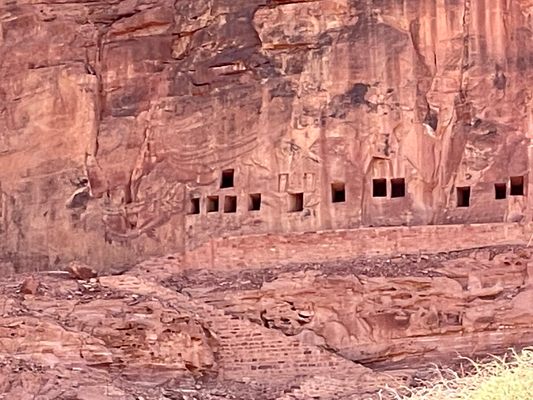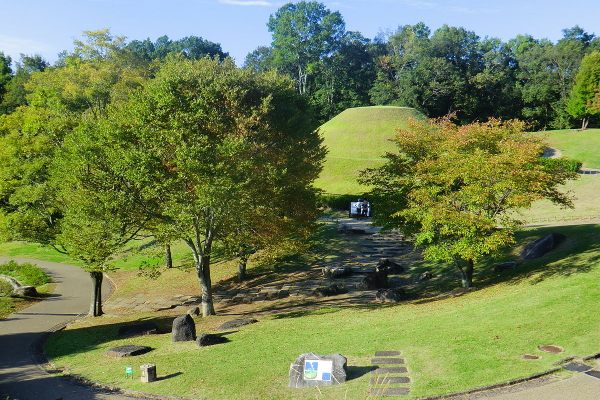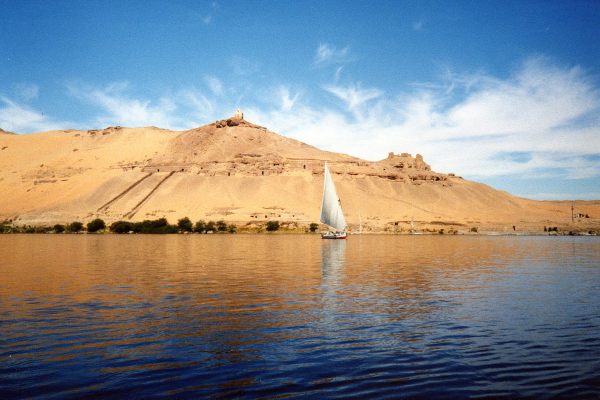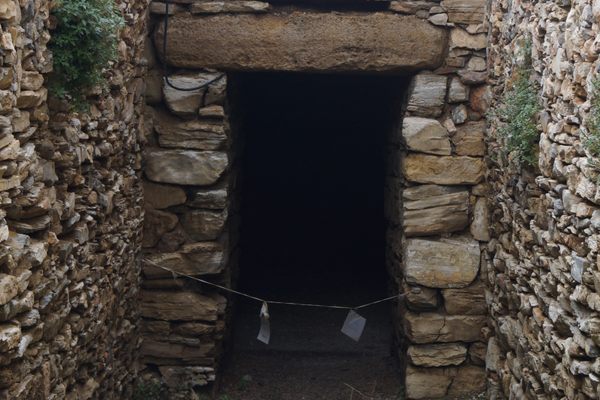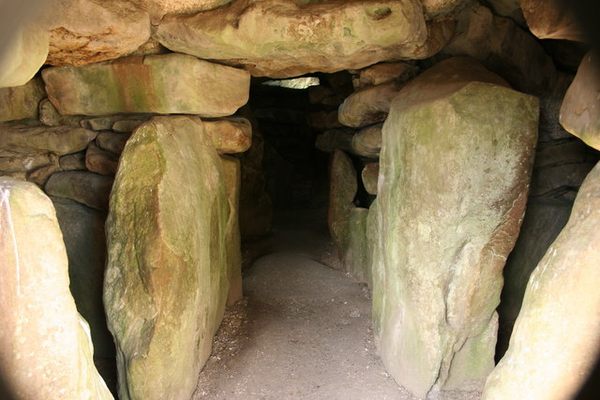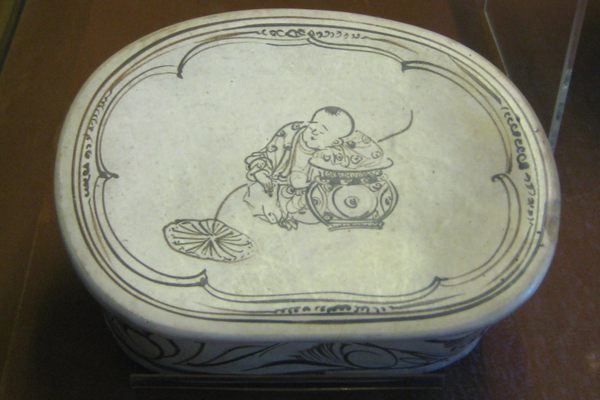About
The area around Al-Ula is famous for the iconic tombs at Hegra (Mada’in Saleh). These were built by the Nabataeans in the first century. However, archaeological excavations unearthed remains of an even older civilization a stone throw south of Hegra: Dadan (or Dedan), sometimes referred to as Lihyan.
The capital city of the Dadan kingdom is also called Dadan, and it was first mentioned in the Book of Ezekiel (27:20) in the Hebrew Bible, written in the 6th century B.C. The city is described as the beating heart of the kingdom and a trading partner of the city of Tyre (in modern-day Lebanon) along the frankincense route linking the Levant to Oman and Yemen, where the best frankincense was and still is produced.
Being on a major trading route, Dadan was inevitably exposed to other cultures. Archaeologists found a whole fortified city buried under the sand, and influences from other cultures are apparent in their statues, decoration of their buildings, and tombs. The Dadan tombs were excavated in Jabel Dadan, the mountain rising beside the fortified city. These tombs tend to be smaller and simpler than those of the Nabataeans. Dadan tombs usually consist of square niches hewn into the rock. According to their religion, the souls of the dead would reach heaven more quickly if buried in the mountains, a belief that was also shared around the same time by the Lycians, in modern-day Turkey.
Some of these tombs have the name of the departed carved at the base, but most do not have any differentiating marks at all. The exceptions are two tombs about 50 meters (164 feet) above the wadi, to the south of Dadan city. Each of these two tombs is adorned with a stylized lion that is as big as the opening of the tomb. The symbolic association of lions with strength and power indicates that the two people buried here must have been rich and powerful, but there is something peculiar with the fact that only these two tombs bear this emblem—or, in fact, any emblems at all. This distinctiveness led archaeologists to speculate that other factors may be at play.
An inscription at the base of these tombs helped to unravel the mystery. The inscription indicates that the two people buried here are Minaeans, people from Yemen. This detail suggests the possibility that a small contingent of Minaean traders lived in Dadan and two of them intended to mark their identity by adorning their tombs according to their traditions. If this was their intention, they succeeded, as more than two thousand years later, they still stand out from the crowd.
Related Tags
Know Before You Go
As of 2022, visits to the Lion Tombs of Dadan can only be organized through the information center in Al-Ula Winter Park.
Published
June 10, 2022
